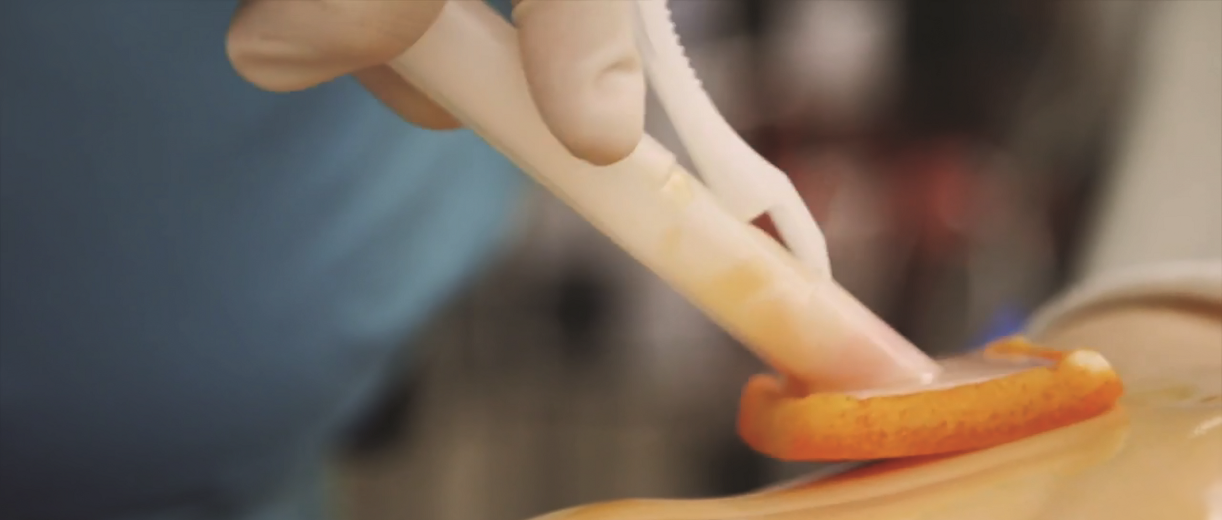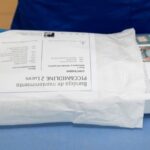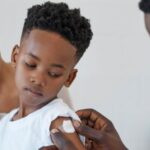Skin antiseptics now categorised as medicinal products: What the new AEMPS regulatory framework entails
Using an aseptic technique is not only the most commonly performed procedure to prevent infection in healthcare, but it is also the most critical.1
The status quo in the majority of European countries categorises antiseptics intended for pre-operative surgery and injection site disinfection as medicinal products; however, in Spain, they have been considered biocidal products.2
In response to the European standing, the Spanish Agency for Medicines and Medical Device Products (AEMPS) issued a new framework on June 2, 2021 to reclassify these antiseptics as medicinal products.3
This new regulation has been endorsed by a large group of healthcare associations, including:
- The Spanish Society of Hospital Pharmacy (SEFH)
- The Spanish Society of Preventative Medicine, Public Health and Hygiene (SEMPSPH)
- The Spanish Society of Orthopaedic and Traumatological Medicine (SECOT)
- The Spanish Society of Infusion and Vascular Access (SEINAV)
Skin antiseptics as medicinal drugs: The necessity for regulation
Previously labelled as biocides for healthy skin,2 skin antiseptics in pre-surgery or injection contexts have the potential to enter the body, resulting in unintended effects.4 Most catheter-related infections are caused by extraluminal contamination from the skin which migrates to the bloodstream after insertion.5 When aseptic techniques are unsuccessful, the patient risks contracting a catheter-related bloodstream infection (CRBSI), which poses significant morbidity and mortality rates.6
Surgical site infections (SSIs) are the second most frequent healthcare-associated infection in Europe,7 and result in an estimated cost of up to 19.1 billion euros in Europe.8 Similar to CRBSIs, SSIs may occur from insufficient skin disinfection pre-procedure, with contamination existing in the patient’s own skin flora.9
The possibility of these risks requires additional regulation to prevent, and it is the key motivator for the reclassification of skin disinfectants on healthy skin as medicinal products as well.4
This vulnerability is the primary reason why similar antiseptics for damaged skin have already been classified as medicinal. Similarly, antiseptics intended for the cleaning of hands in surgical environments are still considered biocides and have not been reclassified.4
Adapting to the new skin disinfectant regulations
These new regulations will require a rigorous authorisation process for each skin antiseptic intended preoperative surgery and injection site disinfection on the market.2 The AEMPS will be working alongside manufacturers to verify that their facilities comply with the new regulations.
Companies marketing these products face two major consequences: 4
- Product marketing authorisations: All antiseptics must be evaluated and authorised as per the new regulations prior to market entry. Labelling must also comply with the legality applicable to medicinal products.
- Manufacturing requirements: All companies must obtain an operating permit as a manufacturer of medicinal products to lawfully continue manufacturing these antiseptics.
The AEMPS has given until June 1, 2022 for this transition to take place.2
Even if authorisation as a medicinal product has not yet been reached, these skin antiseptics intended for pre-surgery or pre-injection use can still be marketed as such until this date. This means that healthcare institutions and hospitals are included in this transitional deadline and may continue using these products.
References
- Rowley S, Clare S. ANTT: a standard approach to aseptic technique. Nurs Times. 2011 Sep 13-19;107(36):12-4. PMID: 21998936.
- Agencia Española de Medicamentos y Productos Sanitarios (AEMPS). The AEMPS reports on the new regulatory framework for application to disinfectant products. Published on August 12, 2021. Accessed on November 3, 2021 at https://www.aemps.gob.es/informa/notasinformativas/medicamentosusohumano-3/2021-medicamentosusohumano-3/la-aemps-informa-sobre-el-nuevo-marco-normativo-de-aplicacion-a-los-productos-desinfectantes/?lang=en
- Spanish Ministry of Health. Official State Bulletin; Section III: Other Provisions. Published on June 19, 2021. Accessed on November 8, 2021 at https://www.boe.es/boe/dias/2021/06/19/pdfs/BOE-A-2021-10252.pdf.
- Global Compliance News. Spain: Antiseptics for skin use in the context of a surgical treatment or an injection will be treated as medicinal products. Published on September 12, 2021. Accessed on November 3, 2021 at: https://www.globalcompliancenews.com/2021/09/12/spain-antiseptics-for-skin-use-in-the-context-of-a-surgical-treatment-or-an-injection-will-be-treated-as-medicinal-products01092021/
- Salzman MB, Rubin LG. Intravenous catheter-related infections. Adv Pediatr Infect Dis. 1995;10:337-68. PMID: 7718211.
- Rupp ME, Karnatak R. Intravascular Catheter-Related Bloodstream Infections. Infect Dis Clin North Am. 2018 Dec;32(4):765-787. doi: 10.1016/j.idc.2018.06.002. Epub 2018 Sep 18. PMID: 30241718.
- World Health Organisation. Global guidelines for the prevention of surgical site infection, second edition. Published in 2018. Accessed on November 3, 2021.
- Leaper DJ, van Goor H, Reilly J, et al. Surgical site infection – a European perspective of incidence and economic burden. Int Wound J. 2004;1(4):247-273. doi:10.1111/j.1742-4801.2004.00067.x
- World Health Organisation. Surgical site infection prevention. Key facts on surgical site skin preparation. Accessed on November 3, 2021 at https://www.who.int/infection-prevention/tools/surgical/FACT_SHEET_SKIN_web.pdf.
BD-48717




